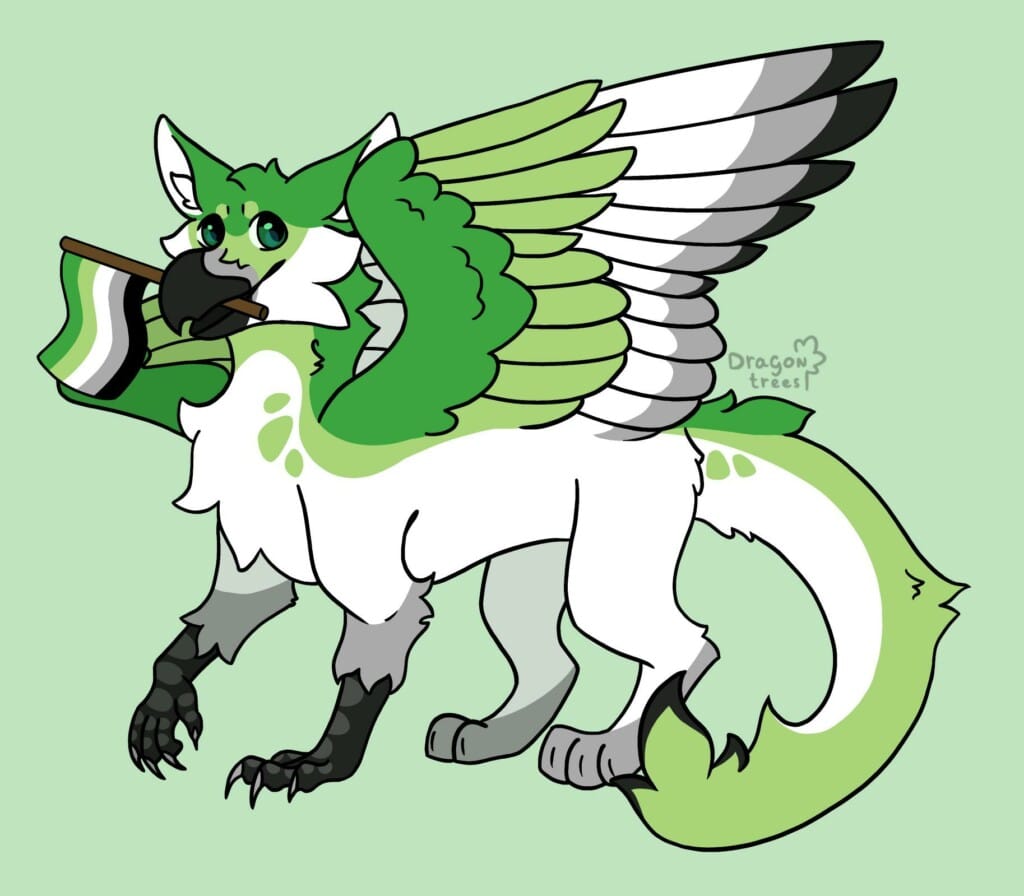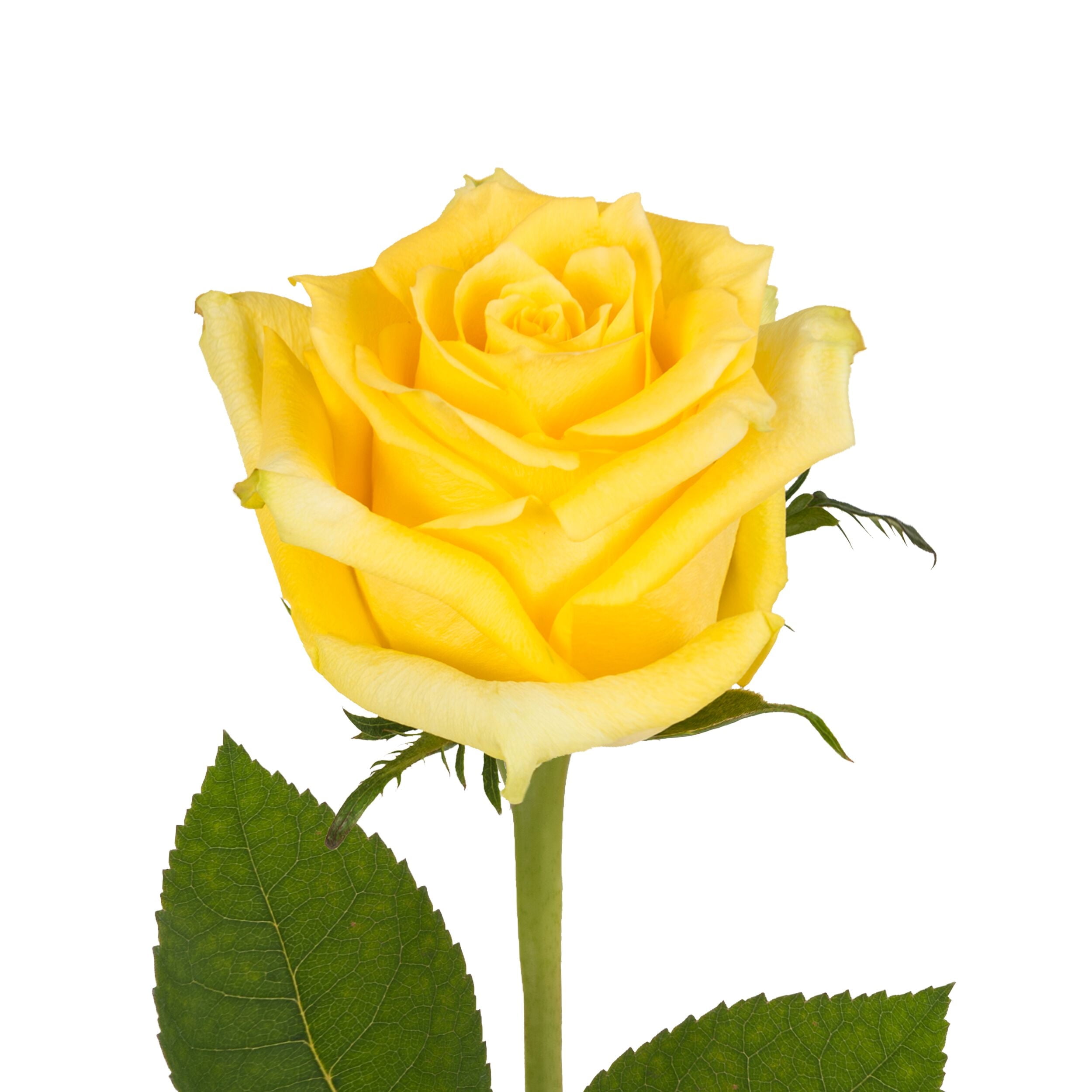Aromantic
Aromantic (often shortened to aro) is a romantic orientation defined by a lack of or limited romantic attraction. Romantic attraction is often defined as the desire to be in a romantic relationship and/or do romantic acts with a specific individual. For non-aromantic (alloromantic) individuals, romantic attraction is involuntary and even occurs when someone doesn't know the other individual (though one might not act on it). Aromantic individuals do not have an innate desire to be in a romantic relationship with specific individuals. They might also feel disconnected from the idea of romance.
A common misconception is that all aromantics lack emotions, lack the ability to form social connections, and are "loveless". In reality, many aros are capable of feeling love- platonic love, such as that between a mother and child or best friends. Aromantics can also meet their emotional needs through queerplatonic or other non-romantic relationships. Some aromantics get platonic crushes or "squishes". On the other hand, some aromantics may not experience platonic love or attraction and may identify as aplatonic. Others may not desire partners of any kind and may identify as nonamorous. Some aromantics embrace the loveless label and reject the idea that love is necessary for happiness.
Being aromantic does not mean that one is unable to experience sexual attraction. An aromantic individual can have any sexual orientation. They may identify with a sexual orientation in addition to the label of aromantic to specify who they're interested in sexually, if anyone. For example, a heterosexual aromantic individual is sexually attracted to individuals of a different gender but is not romantically attracted to them. Some aromantics are also asexual (aroace), meaning they do not feel sexual attraction as well. Not all aromantics identify with a sexual orientation; some identify primarily or only as aromantic (non-SAM aro/neu aro). Some aromantic individuals may additionally experience tertiary attractions, which are attractions outside of sexual and romantic, and may use specific labels to describe this attraction. Examples of tertiary attractions include aesthetic, platonic, and sensual.
Romantic dispositions among aromantic individuals can vary. Some aromantics may still have or seek out a romantic relationship despite not feeling romantic attraction to anyone (cupioromantic). Other aromantics may be repulsed by the concept of romance, either as a concept applicable to themselves or in general. Terms like romance-repulsed, romance-indifferent, romance-favorable, or romance-ambivalent are commonly used to describe these feelings.
Romantic Attraction
Due to the ambiguous nature of romantic attraction, it can sometimes be difficult to identify when one is aromantic. Romantic attraction is sometimes defined by the actions that one takes during a relationship, such as holding hands, kissing, or cuddling. However, none of these activities alone necessarily indicate romantic attraction. These activities are only considered romantic if one considers them romantic in nature and does them with romantic intent. An aromantic individual might enjoy some or all of these activities in non-romantic contexts but may not like them in a romantic context. Because of this, some queerplatonic relationships or close friendships can sometimes resemble or be mistaken for a romantic relationship, with the difference being that in a queerplatonic relationship, the participants agree that it is non-romantic, and in a romantic relationship, the participants agree that it is romantic in nature. Therefore, the nature of a relationship is best defined by the participants' intentions. If one or any partners feels romantic attraction and all partners agree to a romantic context, the relationship is considered romantic.
This can make it difficult to identify when one is aromantic, especially when one has trouble distinguishing between romantic and platonic feelings. If this is the case, one might identify as platoniromantic, idemromantic, nebularomantic, sensualarian, or quoiromantic.
The term aromantic was first coined in an AVEN thread titled 'Relationship Definitions' in June 2005. While this is not the first use of the split attraction model, it is one of the first mentions of the term aromantic. After this, there was very little mention of aromanticism until 2010, when aromanticism began to gain a community on AVEN.
Aromantic Pride Flag

The first proposed aromantic/aromantic spectrum flag was published by the National Coalition for Aromantic Visibility in the early 2010s after a vote from a small number of users, including the mods of the Tumblr blog lithromantic and their friends.
The flag had four stripes:
- Green symbolises aromanticism because it's the opposite of red, the colour most commonly associated with romance.
- Yellow symbolises platonic love because yellow roses represent friendship.
- Orange symbolises lithromanticism because it's in between red and yellow.
- Black represents a variety of people who fall within a grey-aromantic range: those who experience romantic attraction but reject normative romantic culture and those who experience romantic attraction in non-normative ways.
According to the creator, other flags were circulating as well, and there was not yet an "official" flag.
The flag was later changed because the larger community didn't vote on it; it left out some aro-spec identities, closely resembled the Rastafarian flag and had a stripe including alloromantics.

Cameron Whimsy created the second proposed, five-striped aromantic flag. The stripes were as follows:
- Dark green and light green represent the spectrum of aromantic identities.
- Yellow represents friendship.
- Grey and black represent the spectrum of sexual identities in the aromantic community.
The yellow stripe was later changed to white due to it causing sensory problems for certain individuals. The meaning of the stripes was kept the same during the redesign.

Cryptocrew coined another aromantic flag at Hayden000's request on January 16th, 2021, and it was first published in a post one day later. The yellow flower represents platonic love or alterous/queerplatonic desires; dark green represents lack of romantic attraction; light green represents the greyromantic spectrum; black represents a disconnect or disinterest in romantic acts; and the upside-down white hearts represent the community and how aromantic individuals can love, just not how others may expect them to.

Tumblr user nonbiarrow made another redesign and first posted it on July 23rd, 2021. The dark green stripe represents romance negative/repulsed aromantics; the light green stripe represents romance indifferent/neutral aromantics; the white stripe represents aromantics of all genders, sexualities and relationship types; the light teal stripe represents romance positive/favourable aromantics; and the dark teal stripe stands for the absence of (romantic) attraction.
For original source and citations click here.

Perhaps the most recognized version of the Aromantic flag is a 2014 redesign by Cameron Whimsy of the creator's original flag. The dark green represents a lack of romance. The light green represents aromanticism as a spectrum. The white represents platonic, aesthetic, and queerplatonic relationships. The gray represents demiromantic people. The black represents the sexuality spectrum.
For original source and citations of this flag click here.
Symbology

As aromantic people are often referred to as aros, the pun of ‘arrows’ was quickly made. Ever since, people within the aromantic community have been using arrows as a symbol for their orientation.

One of the aromantic symbols that can be seen used within the community are griffins. They have been proposed as a mythical creature which is the equivalent for aros.
This too has a shared origin and meaning with asexuals as they have a mythical creature as their symbol as well. In their case it is a dragon.
These mythical creatures and the invisibility of the aro and ace community somewhat relate. In a sense that it sometimes can feel like you are not seen (this mythical being), as society still struggles to accept aromantic or asexual people.

A completely green heart or a heart with the aromantic flag on it, is also often used a symbol for the community.
You can especially recognize this symbol when people on social media use the green heart emoji as this is used to indicate aromanticism. You will often see the green heart emoji given as a response in the comment section of videos about aromanticism.

As with many of the aromantic symbols, you’ll find that they’re often similar to those of the ace symbols. This is because both the aromantic and asexual community are very similar to each other. Both do not experience a certain attraction (aromantic people do not experience romantic attraction, asexuals do not experience sexual attraction).
With that in mind, one of the symbols for aromantic people is a white ring. It is worn on the middle finger on the left hand. Which is the opposite of the black ring, worn on the middle finger of the right hand.

image source: Walmart.com
The reason why yellow flowers have been chosen as a symbol for aromanticism is because in the world of flowers, the color yellow means friendship.
The yellow color has more meanings, but in general the main meaning would be friendship. Yellow flowers can also symbolize happiness, joy and new beginnings.
So instead of giving an aromantic person a red rose (which is often associated with romance), consider giving them a yellow rose instead.
For original source and citations click here.
